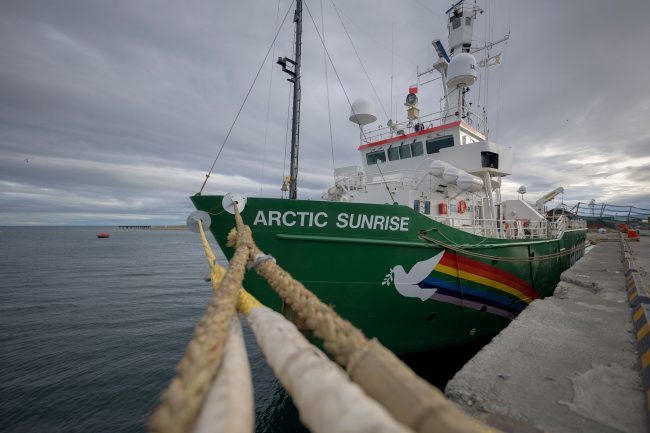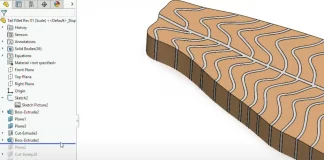Industry advocacy SalmonChile denies the claim
Greenpeace in Chile has said that wellboats gathering living salmon and seawater from areas affected by a toxic algae bloom are distributing it when they move their cargo northwards to be processed.
During transport, the group says, effluent is dumped as new sea water is taken in. The exchange of water, the group says, is helping spread the deadly Red Tide algae, writes BioBioChile.

Many of these vessels criss-cross the Corcovado Gulf (pictured), the waterway separating Chiloe Island from the mainland. The area is a seasonal home for blue whales, a species threatened with extinction, Greenpeace says.
Estefania Gonzalez of Greenpeace has criticized Sernapesca, the Chilean fisheries regulator, for letting wellboats operate in the area. Gonzalez, however, notes that the area is already dense with marine traffic.
“We are very worried for the license that has been given to fish-farming companies, especially since the same regulator has said that these wellboats and their overarching routes contribute to the spread of Red Tide,” she wrote on the Greenpeace Web site.
SalmonChile president, Arturo Clement, rejected the green group’s claim, saying theirs no grounds and suggesting the group was hoping to create a spectacle with their “pyrotechnics”.
Around 3,500 tonnes of salmon have been lost in the course of an algae bloom that has menaced Chile’s salmon farmers. That’s about 1 percent of the country’s total biomass.











